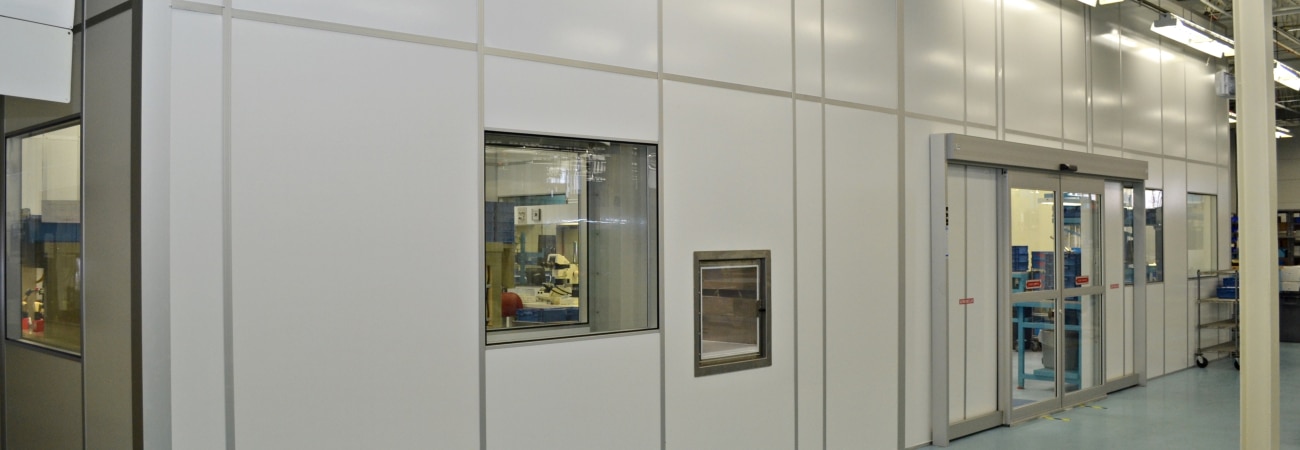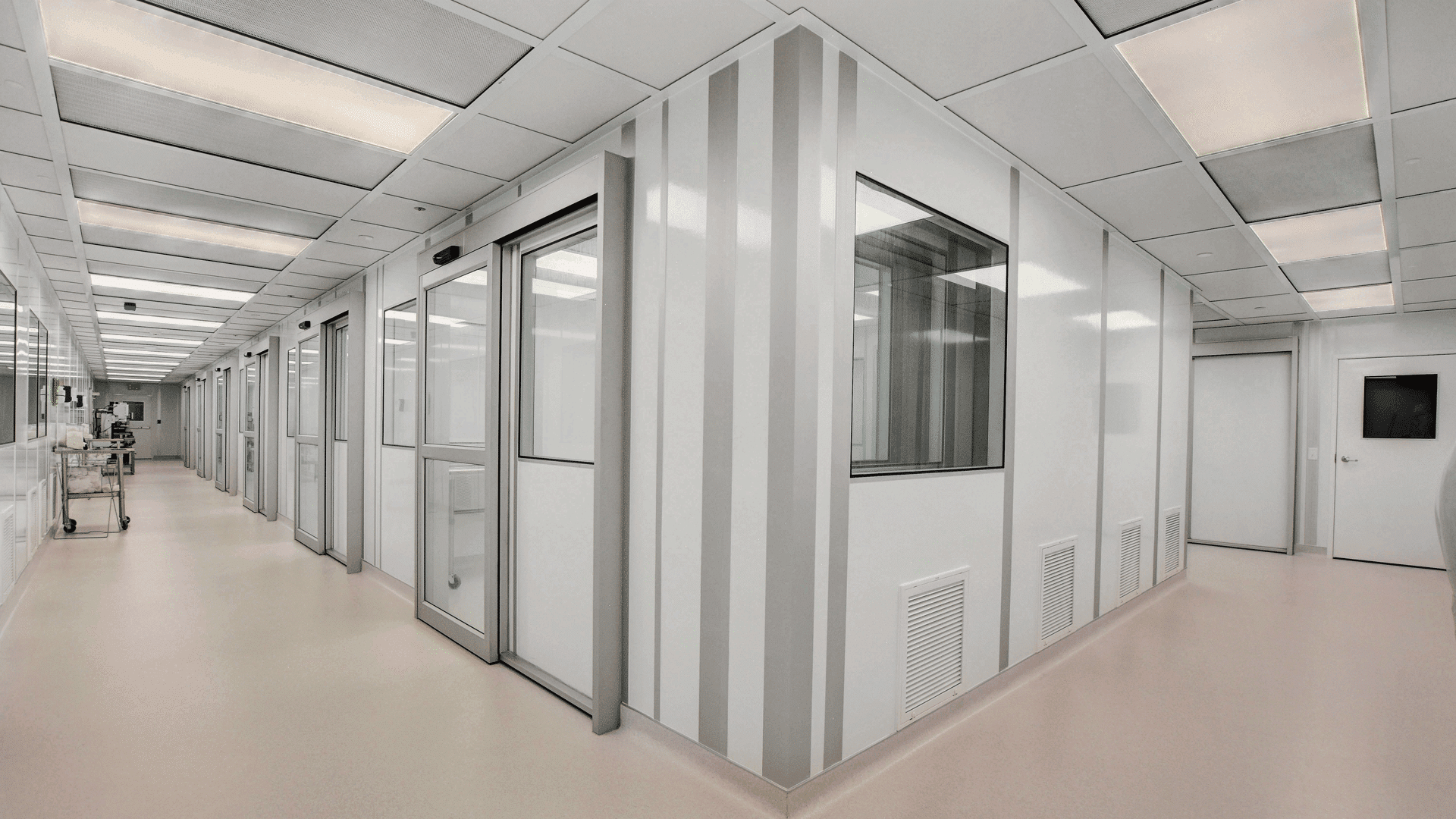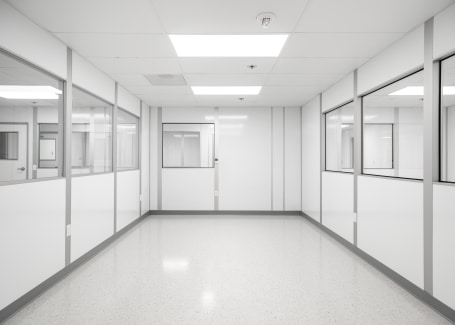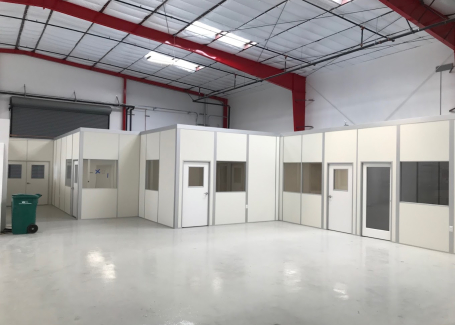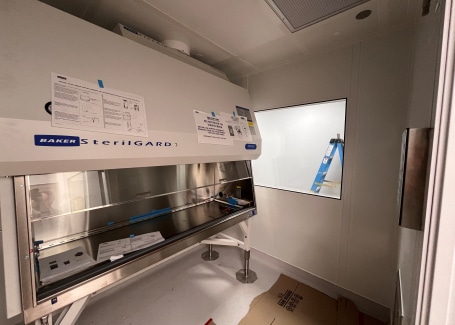Building a modular cleanroom almost always takes longer than expected, as there are a lot of steps in between planning and a fully functional space. You’ll typically start with a detailed checklist, and then work with a manufacturer to complete the design. Then of course you have to build it, and after that, work on certifying it and making sure it passes all relevant tests.
From start to finish, times will vary; but most modular cleanrooms take anywhere from a few months to a couple of years to complete. As a result, it’s important to understand what factors could place your project on the shorter or the longer end of that range.
Factors That May Increase Project Times
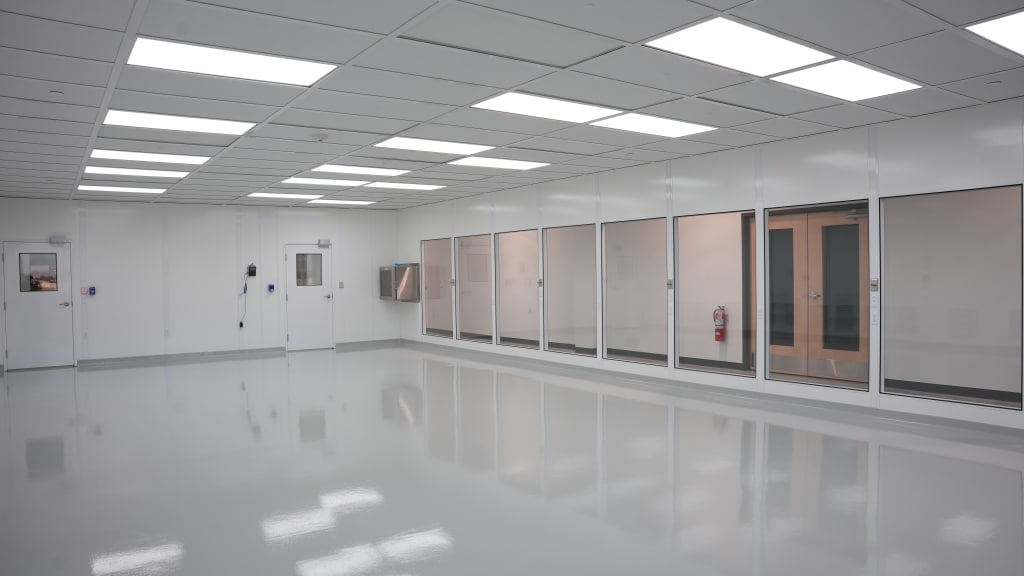
Without directly working with a manufacturer, it’s impossible to predict exactly how long your project will take. However, there are certain factors that almost always add time to the process. Here are some of the biggest ones.
Higher Cleanroom Classification
All else being equal, the stricter the ISO classification, the longer the process will take. For example, designing an ISO 5 cleanroom will require greater ceiling coverage than more lax environments, more HEPA/ULPA filters, and may need special airflow in certain areas, all of which add time to the design, production, and installation stages. Such extra considerations may increase the time of your project, especially in comparison to an ISO 7 or ISO 8 space.
Size
Obviously, size is another important factor. It will of course include more panels, more filters, more HVAC units, and other features to get the space to the right classification. This usually leads to a longer installation and certification process. On the other hand, a small cleanroom with an extremely strict ISO class can sometimes take longer than a larger, less regulated space.
Customized Features
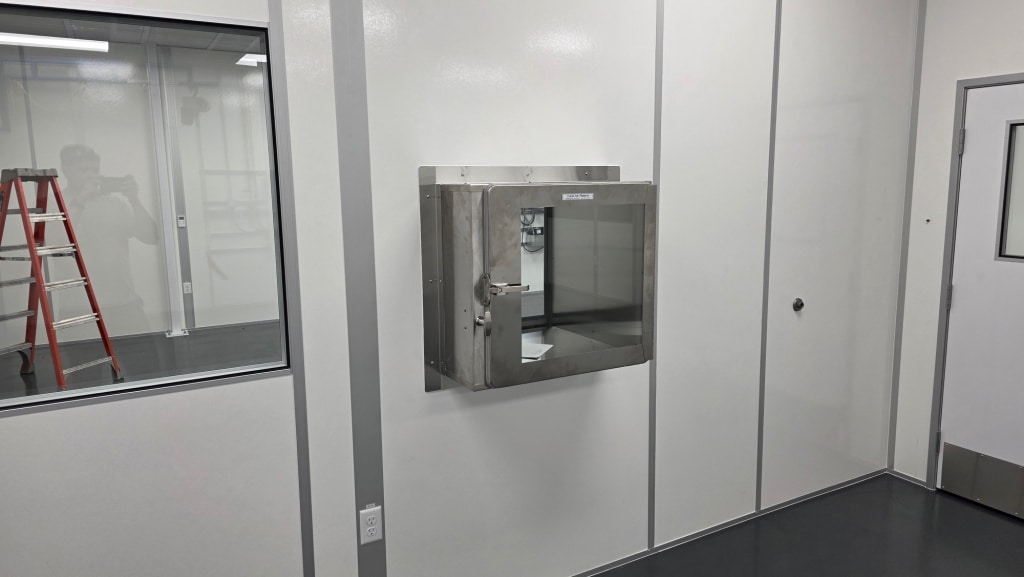
As you might expect, features like pass-through chambers, air showers, and laminar airflow will add time to the process. Complex layouts may also slow things like installation.
Environmental Controls
If you need to control many different conditions within your space, your project may take longer to implement. For instance, making zones with different temperature, humidity, and pressure requirements may take longer both to build and to test.
Regulations
Though we already mentioned ISO classification is a significant factor in the length of a cleanroom project, it should also go without saying that this should include FDA, cGMP, USP 797/800, and other standards as well. All else being equal, the more your cleanroom is regulated, the more features it will need, and the more time you’ll need for inspections, documentation, and audits as well.
The Bottom Line
The truth is that it’s hard to predict how long exactly a modular cleanroom will take to build. It can take a few months (if it’s relatively small with basic features), or it can take a couple of years (if the design is complicated, or the space has many requirements). Things like size, classification, features, environmental controls, and regulations will all influence the length of the process. To remove any lingering questions you may have about the timeline of your project, we recommend getting into contact with a manufacturer directly.


